- News
- Reviews
- Bikes
- Accessories
- Accessories - misc
- Computer mounts
- Bags
- Bar ends
- Bike bags & cases
- Bottle cages
- Bottles
- Cameras
- Car racks
- Child seats
- Computers
- Glasses
- GPS units
- Helmets
- Lights - front
- Lights - rear
- Lights - sets
- Locks
- Mirrors
- Mudguards
- Racks
- Pumps & CO2 inflators
- Puncture kits
- Reflectives
- Smart watches
- Stands and racks
- Trailers
- Clothing
- Components
- Bar tape & grips
- Bottom brackets
- Brake & gear cables
- Brake & STI levers
- Brake pads & spares
- Brakes
- Cassettes & freewheels
- Chains
- Chainsets & chainrings
- Derailleurs - front
- Derailleurs - rear
- Forks
- Gear levers & shifters
- Groupsets
- Handlebars & extensions
- Headsets
- Hubs
- Inner tubes
- Pedals
- Quick releases & skewers
- Saddles
- Seatposts
- Stems
- Wheels
- Tyres
- Health, fitness and nutrition
- Tools and workshop
- Miscellaneous
- Tubeless valves
- Buyers Guides
- Features
- Forum
- Recommends
- Podcast
review
£189.99
VERDICT:
A good computer on the bike, but could do with better data uploading off it
Weight:
140g
Contact:
At road.cc every product is thoroughly tested for as long as it takes to get a proper insight into how well it works. Our reviewers are experienced cyclists that we trust to be objective. While we strive to ensure that opinions expressed are backed up by facts, reviews are by their nature an informed opinion, not a definitive verdict. We don't intentionally try to break anything (except locks) but we do try to look for weak points in any design. The overall score is not just an average of the other scores: it reflects both a product's function and value – with value determined by how a product compares with items of similar spec, quality, and price.
What the road.cc scores meanGood scores are more common than bad, because fortunately good products are more common than bad.
- Exceptional
- Excellent
- Very Good
- Good
- Quite good
- Average
- Not so good
- Poor
- Bad
- Appalling
Sigma's Rox 10.0 is the company's first GPS-enabled computer. It's simple to use, comes with several ANT+ sensors and works well on the bike, but post-ride it's less appealing. The lack of Bluetooth connectivity is annoying and Sigma's Data Center software seems overly complicated, which makes it less good value as a package.
Find your nearest dealer here
Buy this online here
In the box it comes with ANT+ sensors for cadence, speed and a heart rate monitor. Each one attaches easily and securely with zip ties, and I never had a problem with them shifting around, even on rough surfaces. Unlike many, the cadence and speed sensors are two separate units, both looking like a regular speed/cadence sensor without the arm. They all work effectively and are easy to pair to the computer. I also managed to pair the Rox with both a regular speed/cadence sensor and accelerometer based versions.
The computer is simple to use. It picked up all the ANT+ sensors well and recorded accurately enough according to the Garmin Edge 810 I was using alongside it. One of the nice things Sigma has included in the Rox is a predicted power based on several different metrics; although it is not particularly accurate compared with my actual power meter, it is still good enough to give a basic idea of output.
The GPS element is fairly useful, although unlike my Garmin, which lets you input an address and navigate to it having never ridden it before, the Rox requires pre-set routing or following a route you've previously used. It is relatively easy to follow despite the lack of map and the simple screen, helped by the 'distance to point', and 'time to point' (although I found that the 'time to point' wasn't totally accurate as it didn't factor in hills).
The screen isn't huge, measuring 30 x 36mm, but Sigma has managed to fit in everything that needs to be there, and it's customisable. There's also a bottom section where you can easily scroll through a selection of some of the most common stats you may not have set on the main screen. I found this really useful, as I like to be able to see things like my average speed, but don't need to see it constantly while I'm riding.
That said, a bigger screen would be good given that the unit itself is 75 x 48mm. It feels like there is space wasted around the edges that would be better used as screen space. The smaller screen does keep the weight down to 140g, though.
Navigation around the device is through six buttons, two on each side and two on the bottom, covering everything from settings through to extras (stopwatch, compass and countdown). These make it easy to scroll and select, even when going at a good pace. The only gripe I had was that there were little things like turning on the backlight and accessing certain menus that weren't obvious and required multiple button presses (and Google searches).
Attaching the computer to the bike is simple. It comes with a bracket similar to a Garmin version, but slightly larger. It has the same quarter-turn lock and unlock, which is easy to engage and disengage. The way the bracket attaches to the bike is one aspect I didn't like, though, simply because in order to make it fit without slipping it has an adhesive backing, which means you cannot take it off and put it on other bikes. I own several bikes and like to be able to record my rides whether I am on a trail on a mountain bike, riding a long road circuit, or just on my daily commute. I can't do that with the Rox unless I buy more brackets.
The unit has a nice curve across it both front-back and left-right, but at 25mm deep and with the bracket being fairly thick it stands quite high on the bar. Although my Garmin is around the same depth and has a larger body, it sits more comfortably. An out-front mount would probably allow it to sit more comfortably on the bike; they are available, but must be bought separately.
Once you've finished your ride, you want to be able to see it and assess it, and it's here where I think Sigma could improve things.
Getting the data from the Rox requires a wired connection to a PC or Mac, and you also have to download specific software, 'Data Center'. This is fiddly to use and although it gives a good amount of information, including changes over time and weekly/monthly/yearly totals, it is quite difficult to export and upload to another platform.
Sharing to Strava is okay: there's a 'share' option in the menu which you can use for that. Getting it into another plaftorm involves downloading a .fit file and uploading it to Garmin Connect, or TrainingPeaks, or whatever else you might use. That's a bit less intuitive.
Having some kind of Bluetooth connectivity would help, as I simply don't like having to plug into a computer. If I have done something, I want to see it on a legible screen as soon as I can, not when I get home to a laptop, and we all have our phones with us these days.
>> Check out our guide to the best cheap GPS-enabled cycling computers
Overall, the Sigma Rox 10.0 is a decent GPS cycle computer but it could be improved with a few tweaks. The GPS side works well and everything records effectively, but I found getting the data from the computer to a PC overly complicated. The bracket's adhesive backing is also annoying as it stopped me using the same bracket on multiple bikes. At £190 with sensors it's £100 less than an Edge 520, but you're getting a lot more for your money there too.
just one final niggle: when you reset a journey it says 'journey and stats resetted'. Grrr.
Verdict
A good computer on the bike, but could do with better data uploading off it
road.cc test report
Make and model: Sigma Rox 10.0 GPS
Size tested: n/a
Tell us what the product is for, and who it's aimed at. What do the manufacturers say about it? How does that compare to your own feelings about it?
A GPS enabled computer for intermediate cyclists who are looking to track and record their rides.
Sigma says: "The ROX®10.0 GPS comes equipped with a GPS receiver, route navigation and ANT+ wireless transmission technology. With the included DATA CENTER evaluation, planning and mapping software, the ROX®10.0 GPS is the perfect companion for any professional athlete in training."
I would say that it isn't perfect, and it's a bit expensive.
Tell us some more about the technical aspects of the product?
- GPS route navigation
- Speed
- Cadence
- Heart rate
- Digital three axis compass
- Altitude IAC+
- Elevation profile in graph format
- Gradient and rate of ascent
- Temperature
- ANT+ transmission technology
- Power compatible (ANT+) or calculates power without power meter
- Lap counter
- 249-hour log capacity
- MICRO USB connection
- Includes DATA CENTER with mapping functions
Rate the product for quality of construction:
8/10
Seems well made and solid, buttons feel secure and the bracket doesn't feel like it would let the computer fall at any point.
Rate the product for performance:
6/10
On the bike it works really well, easy to pair to ANT+ sensors and as accurate as the more expensive Garmin computer I usually use. Drops marks for use off the bike, with difficulty getting the data from the computer and then even more using it in third party apps. Also, it can only be used with one bike because you have to use the adhesive pad on the bracket.
Rate the product for durability:
7/10
Rate the product for weight, if applicable:
7/10
At 140g it's competitive for a GPS computer.
Rate the product for value:
6/10
Close to £200 for a computer with no Bluetooth connectivity is no bargain, especially when many sub-£100 models do have it.
Tell us how the product performed overall when used for its designed purpose
It performed well on the bike, but could be better off it once your ride has finished.
Tell us what you particularly liked about the product
The changeable bottom box; it meant that I could quickly and easily see what I needed to without having to switch screens.
Tell us what you particularly disliked about the product
The data upload to computers and the difficultly in using this in third party apps is annoying.
Did you enjoy using the product? On the bike, yes.
Would you consider buying the product? Yes, if I didn't use third party apps.
Would you recommend the product to a friend? Yes
Use this box to explain your score
Great on the bike, easy to see and use, only a slight problem being the use of multiple buttons initially. Off the bike though, the upload of data could be better and certainly more efficient.
About the tester
Age: 27 Height: 6 ft Weight:
I usually ride: Cannondale Supersix Evo 6 My best bike is:
I've been riding for: Under 5 years I ride: Every day I would class myself as: Experienced
I regularly do the following types of riding: commuting, club rides, sportives, general fitness riding, fixed/singlespeed, mountain biking
George is the host of the road.cc podcast and has been writing for road.cc since 2014. He has reviewed everything from a saddle with a shark fin through to a set of glasses with a HUD and everything in between.
Although, ironically, spending more time writing and talking about cycling than on the bike nowadays, he still manages to do a couple of decent rides every week on his ever changing number of bikes.
Latest Comments
- mdavidford 2 min 15 sec ago
Or perhaps, given that their invasiveness was well known by then, that should be 'in stupidity'.
- don simon fbpe 2 min 43 sec ago
She does seem to have been told to stop putting down amateur riders but is still able to get things spectaculary wrong, she is also 180º out of...
- Benthic 23 min 21 sec ago
Surely, the Daily Mail would not want crime to go unpunished.
- Benthic 27 min 46 sec ago
Yet another 'no go' area for cyclists. If cars were routinely being stolen from a police station car park there would be a very different response.
- Jbnuts 1 hour 46 min ago
I have one of these and it's a nice bike. It went together well and was of good quality (as far as one can tell such things). It was all faced...
- MinardiM189 2 hours 8 min ago
I think it is time to start a thread about what other Fantasy Cycling Games are out there.
- Secret_squirrel 3 hours 10 min ago
Does ISP mean integrated seat post? Surely the stiffness is irrelevant when the bike is on gravel with fat low pressure rubber? Not that aero...
- Beachboy 17 hours 30 min ago
And some of us have been cycling for 60 years, and are surprised by the number of electric motorcycles on the city streets and pavements. I still...







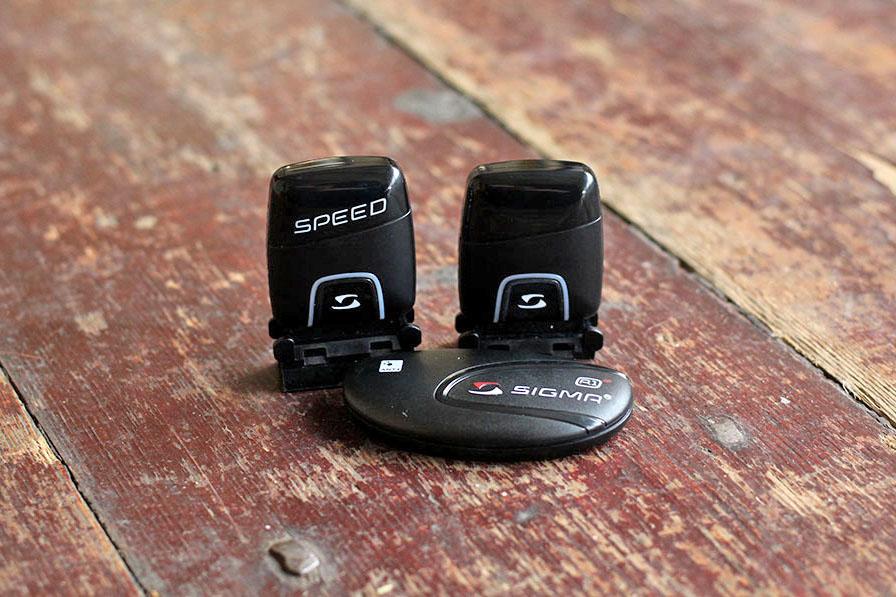
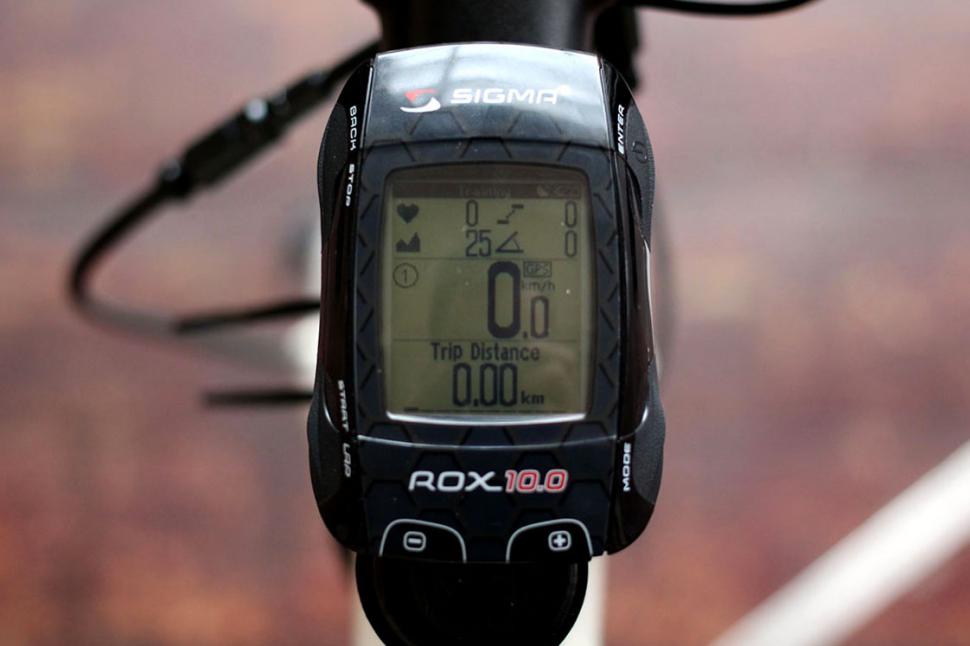
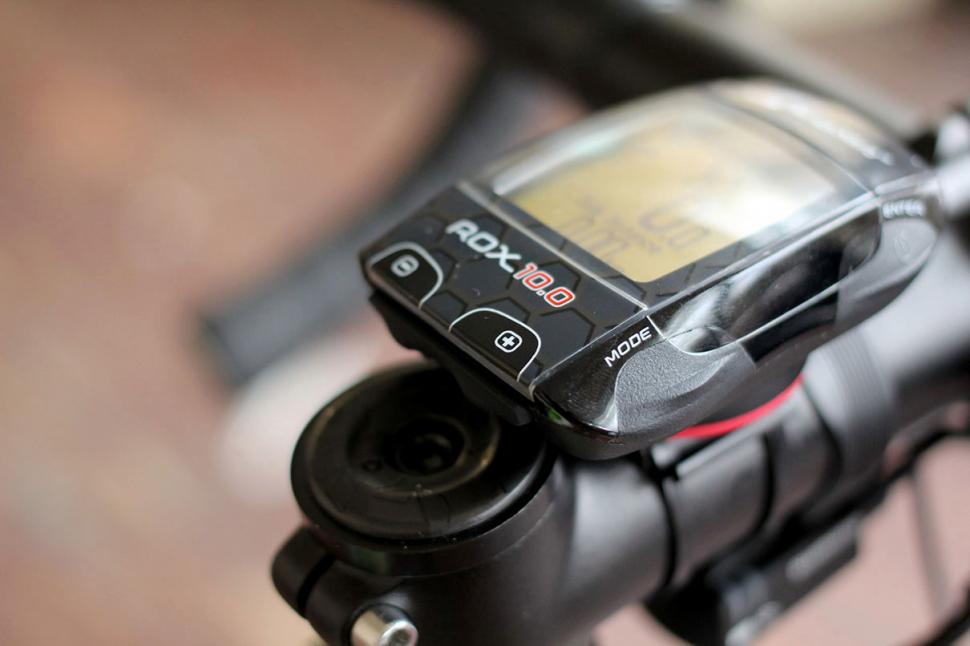

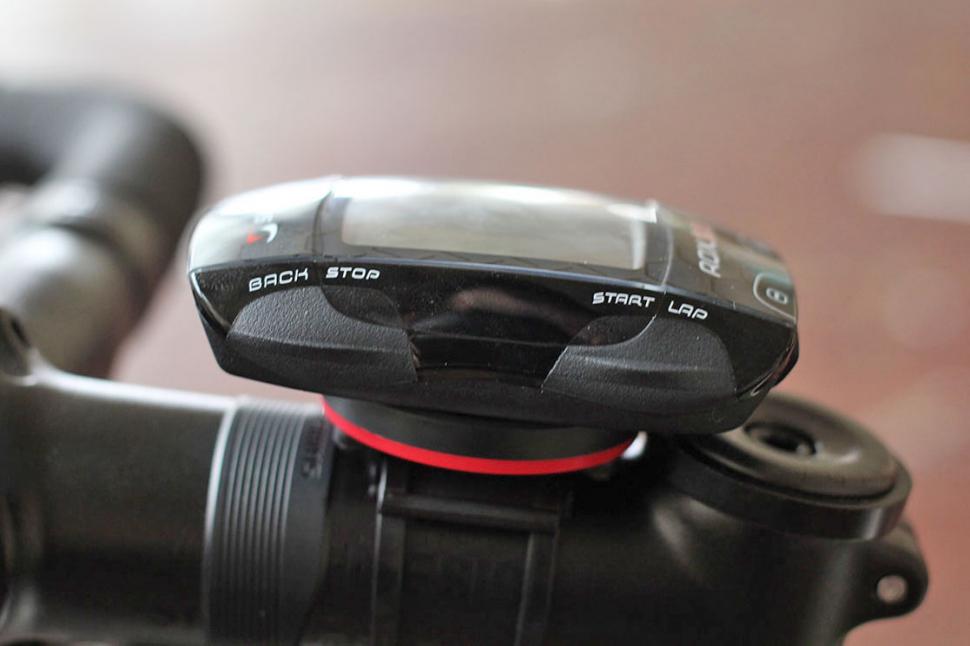
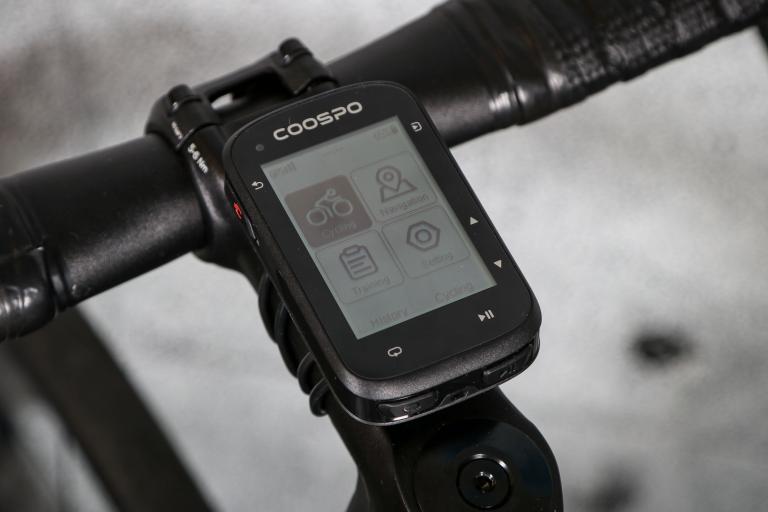
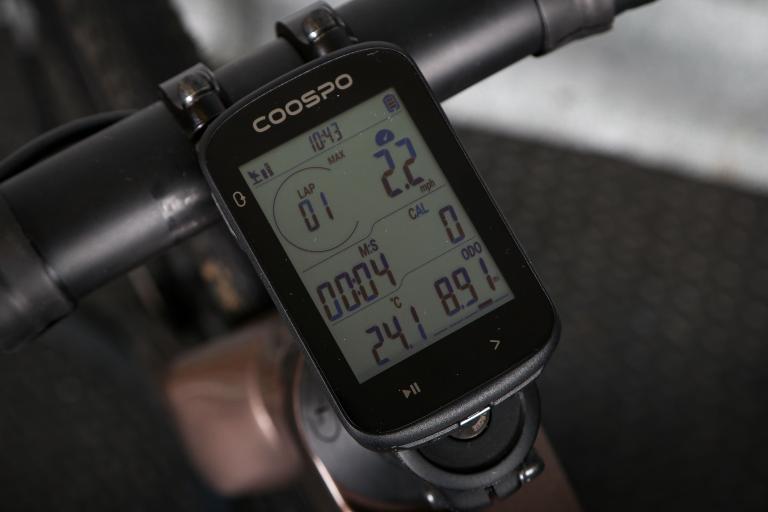
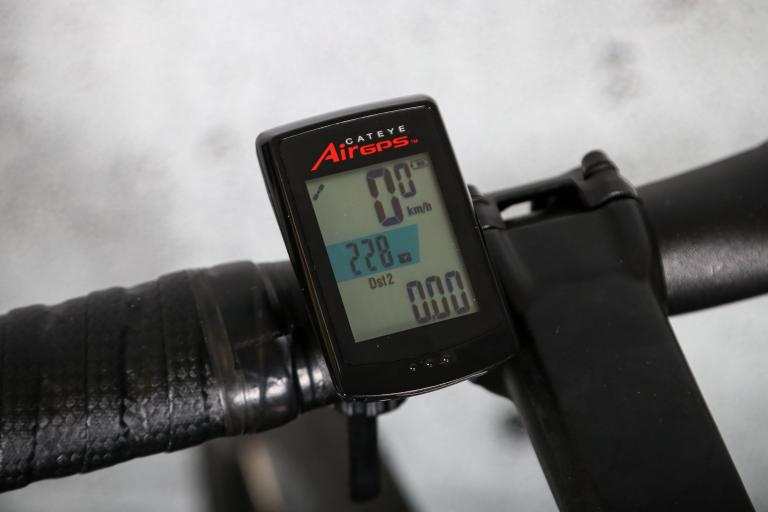

Add new comment
3 comments
A pity the 10 is not so good, as the ROX 9.0 was ok.
The metric system is not your strong suit I take it? There is a glaringly obvious zero too many in each of your measurements or this would be one unvieldly large GPS unit. "The screen isn't huge, measuring 300 x 360mm" would be quite the contradiction and I definitely do not believe that "unit itself is 750 x 480mm" or "250mm deep"…
I had one of these for a while. The big problem with it for me was the navigation, the arrows on the screen make taking the correct turn largely guesswork unless you live in a grid system city. In rural France I got maybe 30% of the turns correct and it doesn't tell you until your 200 meters down the wrong road. I replaced it with a Mio 315 which I'm very happy with.